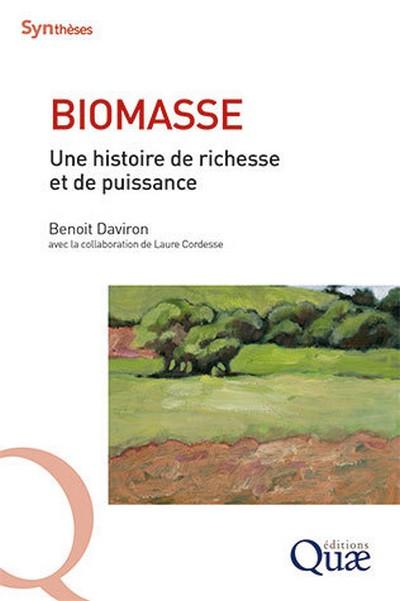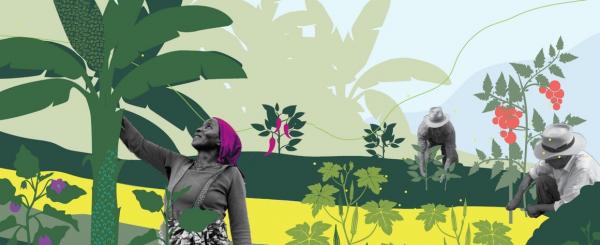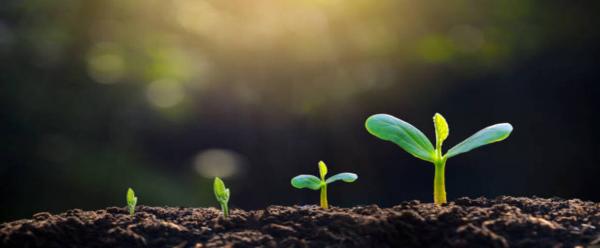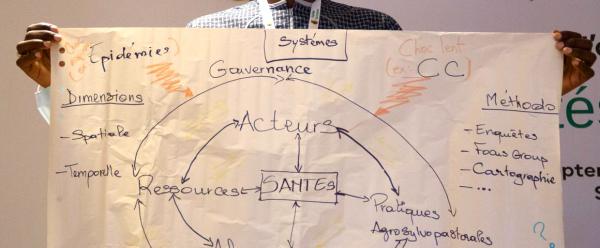Just out 7 January 2026
- Home
- CIRAD news
- News
- agricultural development and major powers
Agriculture, riches and major powers: a new history of agricultural development

What are the main changes that agriculture in Europe and by extension the USA has seen? With this book, Benoît Daviron, an economist with CIRAD, takes a fresh look at agricultural development throughout history. He describes the mechanisms that governed transformations such as the post-war "agricultural revolution" and the "green revolution" in developing countries.
From the sun to the subsoil, a history of energy and matter
For a very long time, agricultural activities were the source of most of the materials and energy used by human societies: food, obviously, but also fibres, fertilizers, heat, light, workpower, etc. Since the late 18th century and the industrial revolution, steam engines and then petrol-driven vehicles have supplanted animal draught. Synthetic fabrics have replaced wool and cotton fibres and leather clothes and shoes. Even fertilizers and pesticides are now generally produced by the petrochemical industry. For Benoit Daviron, "this shift from a solar metabolism to one driven by mined products is at least as important as the Neolithic revolution. But above all, it radically transformed the role of agriculture and thus how we grow crops".
Two main transformations since the industrial revolution
Firstly, agricultural activities were gradually reduced to their vocation to provide food. "To the extent that nowadays, anyone who dares discuss other uses for agricultural products is criticized, despite the fact that this new metabolism is less than two centuries old, which is a very short time in relation to the history of humanity." The second major transformation was that agriculture became a sector that consumes energy - in this case fossil fuels - whereas it had previously supplied it.
Power, riches and the agrarian model
In addition to looking at things through the lens of the metabolism concept, Benoit Daviron attempts to explain the role of competition between the world's leading nations during the history of agriculture. From the United Provinces (the Netherlands) in the 16th century to today's USA, through the hegemony of the United Kingdom, how has agriculture been one of the means to riches and power for these dominant nations? Rivalries between major powers are extremely interesting periods in history, such as the one that opposed the UK, Germany and the USA in the early 20th century. This was when the outlines of what was used to be called modern and is now called "conventional" agriculture were drawn.
Levers for transition will not come from agriculture alone
The main conclusion that can be drawn from this account is that agricultural transformations will almost certainly not come from agriculture alone, or even from consumers. As the author says, "agricultural models are the expression of a relationship with biomass that is one of the components of the metabolic regime and one of the characteristics of hegemonic power. The questions are therefore that of the future of the USA as a hegemon, the possibility of China taking over, and the emergence or otherwise of signs of a change in metabolic regime".
"This conclusion in no way casts doubt on the need for technical innovations and knowledge", Benoît Daviron points out. "Scientific research should also pay much more heed to what is happening in emerging countries, which could be the planet's next hegemonies, such as India and China."
An English version of the book is planned.
BIOMASSE, une histoire de richesse et de puissance
Benoit Daviron, Laure Cordesse
Synthèses Collection
Éditions Quae
January 2020, 392 pages



























